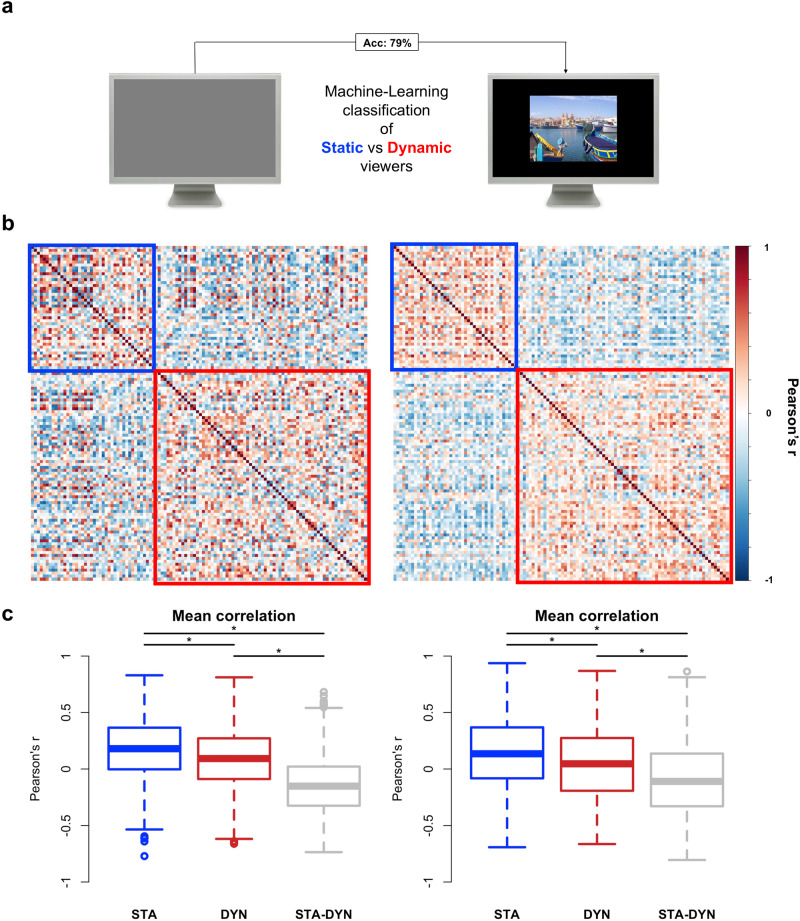Fig. 7. Subjects similarity in image-viewing and blank screen viewing.
a Blank screen viewing eye movement features were extracted and used to predict individual subject labels (Static vs. Dynamic) by means of a random forest classifier. The algorithm was trained on features extracted from the blank screen viewing condition and tested on cluster labels extracted while participants were exploring visual scenes, in a cross-classification design. The model showed 79% accuracy in cluster classification from blank screen viewing features. b For each pair of subjects a Pearson’s r is computed between the vectors of z-scored features extracted from the image-viewing task (right) and the blank screen viewing condition (left). X and Y axes indicate subjects. The colour of each cell indicates the Pearson’s correlation value, while the coloured squares indicate the cluster (i.e., the visual exploration style; blue = static viewers; red = dynamic viewers). c Boxplots showing the comparison between the mean correlation within each group (static = STA, n = 42; dynamic = DYN, n = 72) and between groups (STA-DYN). STA = within-group correlation in static viewers; DYN = within-group correlation in Dynamic viewers; STA-DYN: between-groups correlation. * = Bonferroni-corrected significant difference tested by means of a two-sample t-test.

